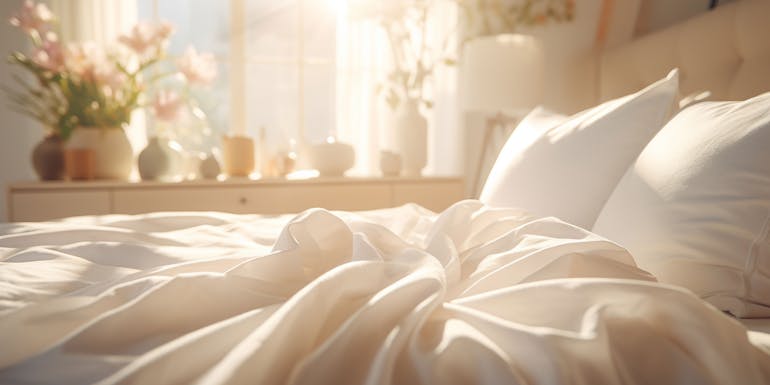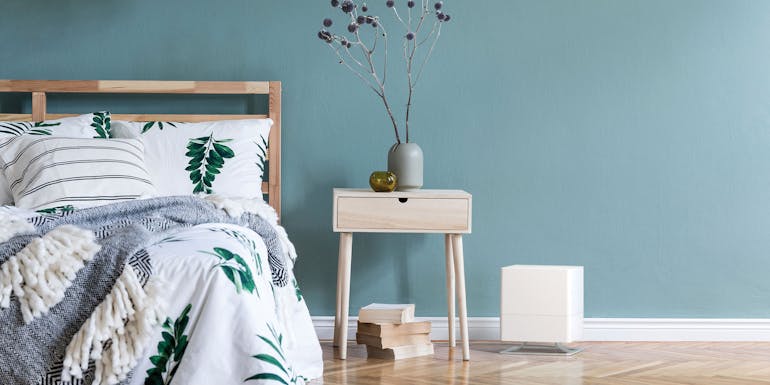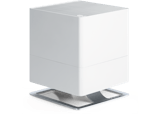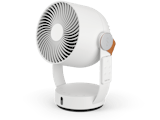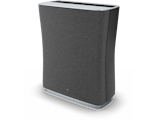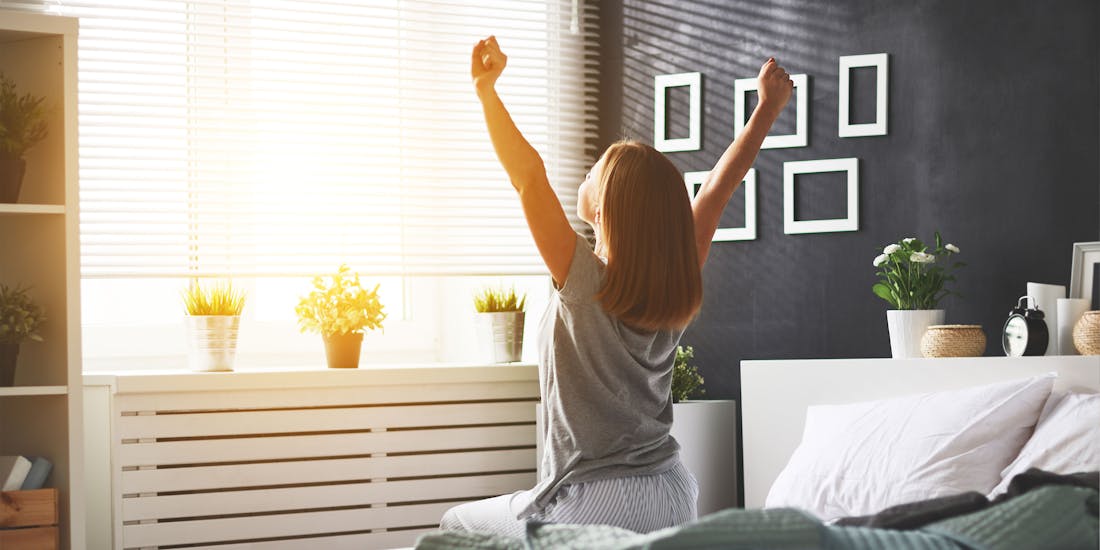
Nadine Walder, 31 March 2025
Bedroom
Improve sleep quality thanks to an optimal sleeping environment
Restful sleep is one of the keys to a healthy and happy life. Our body needs this regenerative time to recover and function optimally. A decisive factor for good quality sleep is the sleeping environment. In this article, I explain how you can optimise your sleeping environment to create the best conditions for deep and restful sleep.
Read on to find out
- What is the sleeping environment?
- Tips for optimising the sleeping environment
- Air treatment devices for a better night's sleep
What is the sleeping environment?
The sleeping environment refers to the harmonious interplay of various factors with the aim of enabling a regular, restful night's sleep. This includes not only the general room climate, in particular the temperature and humidity, but also the bed climate. For an optimal bed climate, various factors must be taken into account when selecting bedding, including the time of year, the room climate and individual needs.
When it comes to the sleeping environment, there are both general recommendations and individual preferences. The better the environment is adapted to your personal needs, the more restful your sleep will be. The sleeping climate therefore plays a key role in creating an optimal basis for deep and revitalising sleep.
Tips for optimising the sleeping environment for improved sleep quality
It is essential to optimise your sleeping environment so that you can enjoy a truly restful night's sleep every night. Here are some tried and tested tips to improve your sleeping environment and thus optimise the quality of your sleep:
- Switch off lights and electronic devices: To improve your sleeping environment, you should minimise light sources before going to bed and reduce the use of electronic devices such as mobile phones and TVs as much as possible or leave them on in night mode. In particular, you should avoid blue light in the bedroom. This signals to the brain that it is still light, which means that the sleep hormone melatonin is not released. Some devices have a night shift function. This allows the colour of the display to be changed to a warmer colour spectrum.
- Change bed linen regularly: Breathable materials such as cotton or Tencel® promote air circulation and prevent overheating. In summer, airy fabrics such as silk, satin or linen are also suitable. Regular washing of bed linen – about every fortnight is a rule of thumb – also contributes to hygiene and creates a pleasant sleeping environment. Bed linen should also be shaken well in the morning.
- The right sleepwear: When choosing clothing, it is important to ensure that it is breathable and moisture-regulating. Natural materials such as silk, cotton or viscose are particularly suitable. These fabrics allow the skin to breathe and reduce irritation, rashes and spots.
- Ventilate regularly: Fresh air is crucial for a healthy sleeping environment. Regular ventilation ensures the exchange of stale air and improves the supply of oxygen. It is best to air out your home properly just before going to bed.
- The right bedroom temperature: The room temperature in the bedroom is crucial for a good quality of sleep. If the temperature is too low, it can take us a long time to fall asleep and can lead to tension and colds. On the other hand, a bedroom temperature that is too high can cause us to sweat and toss and turn in bed. A bedroom temperature of 16 to 19 degrees is considered ideal. However, as the sensation of warmth varies from person to person, individual needs should also be taken into account here.
- The ideal humidity in the bedroom: The humidity in the bedroom is just as important as the room temperature. Humidity that is too high or too low can have a negative effect on the quality of sleep. A range between 40 % and 60 % humidity is considered optimal.
Air treatment devices for a better night's sleep
In addition to the tips mentioned above, various air treatment devices can make an important contribution to improving your sleeping climate. Here are some devices that will help you to create and promote an optimal sleeping environment:
- Hygrometer: A hygrometer can help you to check your indoor climate. It measures the current room temperature and the relative humidity in the room.
- Humidifiers: These are particularly helpful in the winter months. By humidifying the air, humidifiers reduce the occurrence of dry skin and irritated airways. An optimum moisture content promotes a comfortable sleeping environment and can prevent breathing problems.
- Aroma diffusers: As well as diffusing a pleasant fragrance in the room, they can also release essential oils that have a calming and relaxing effect and can help combat stress. You can find out more about the use of essential oils in our blog post "On the use and effects of essential oils".
- Air purifiers: These devices filter pollutants, allergens and dust particles from the air, which is particularly beneficial for allergy sufferers. Especially in the pollen season, air purifiers or air washers (depending on the current humidity) in the bedroom can be a real relief for allergy sufferers. Clean air also helps to minimise respiratory problems and create a healthy sleeping environment.
- Fans: In the warmer months, a fan not only provides pleasant refreshment for the body, but also distributes the air evenly throughout the room. You can find out more about this in our blog post "This fan lets me sleep in spite of the heat".
You can make a decisive contribution to a restful sleep through targeted room air treatment and the application of simple tips. Make the sleeping climate a conscious part of your sleep hygiene and enjoy the positive effects on your well-being. And now we wish you a restful night.
You can find more air treatment devices for the bedroom and more information about the indoor climate in the bedroom on our information page on this topic.
More about the indoor climate in the bedroom
If you have questions related to indoor room climate, please get in touch with us. Or subscribe to our newsletter to regularly get informed about current topics regarding indoor climate, experience reports or Stadler Form insights.

